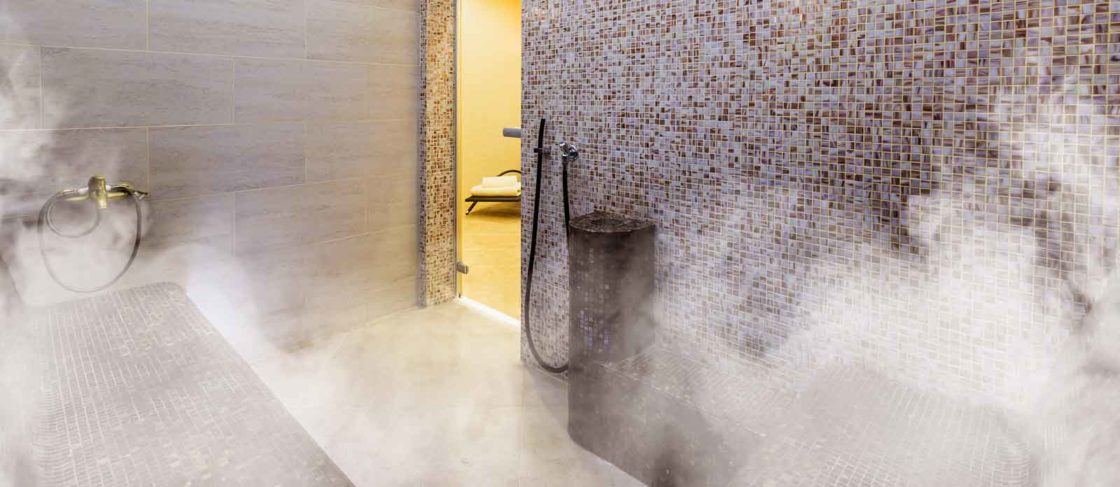Besides a vast assortment of colors that can brighten anyone’s day, quartzite features aesthetically pleasing patterns such as granite and marble. Furthermore, it’s more durable than other types of stone as it ranks at 7 on the MOH hardness scale.
Bits of quartz crystals ingrained into these slabs of stone infuse shine and sparkle. In addition to its impressive durability and astounding beauty, quartzite is versatile and meshes well with various exterior and interior designs.
Once you pick a quartzite color you love for the countertop surfaces in your home, such as the bathroom and kitchen, you’ll add an eye-catching appeal. In turn, the value of your property goes up.
Nonetheless, proper maintenance of your natural stone is crucial to preserve its value. Without further ado, let’s discuss how to clean quartzite countertops the right way and keep them looking good as new.
Quartz vs Quartzite
Many homeowners confuse quartz with quartzite, which can be a significant snafu when it comes to the maintenance and cleaning process. That’s because a quartz countertop is an engineered and non-porous stone surface mostly made of crushed quartz stone bonded with polymers and resins.
Contrarily, a quartzite countertop is a porous and organic stone. In a nutshell, refrain from implementing the cleaning tips best suited for quartz countertops.
Quartzite has more resistance to heat than quartz which makes it an excellent option for kitchen countertops. Sandstone comes in handy in creating this mineral as it’s subjected to adverse pressure and heat below the earth’s surface.
Unlike quartz, putting hot cookware on quartzite countertops won’t etch permanent burn marks. This stone countertop is also resistant to acidic solutions.
How to Clean Quartzite Countertops
Let’s walk you through the straightforward step-by-step process to get the job done effectively.
1. Plan for Frequent Sealing
An ideal way to protect your quartzite countertops and keep them looking good as new is by preventing stains from household items such as food, chemicals, and beverages. These can seep through and leave stains on the permeable stone surface.
Although your quartzite is likely to be sealed before installation, the sealant inevitably wears out after a while. That results in thin spots where staining agents penetrate.
While a sealant typically lasts for years, the cooktops, the areas around sinks and eating areas that get the most use wear out much sooner. Therefore, it’s advisable to seal quartzite countertops once every six to 12 months based on the frequency of use.
Resultantly, you’ll curb common signs of damage on your quartzite slabs, such as staining, and preserve its luster and color.
2. Water and Mild Soap
Although you can opt for stone cleaners that will get the job done to perfection and protect your countertops, they are pricey. If you’re looking for more cost-effective ways to clean, you can try other options such as mild soap and warm water. Dish soap is an acceptable mild soap option to consider using.
The caveat of this technique is that it calls for the ideal tools to get the job done properly. That means you should use a white microfiber cloth that won’t leave abrasions or color stains, making a bad situation worse.
Additionally, rinse your countertops thoroughly with clean water to avoid soap buildup that causes a cloudy or dull surface after a while.
You can opt for a non-acidic cleanser with a low pH because of the convenience it ushers in. Once you spray it onto your countertops and wipe them down with a clean microfiber cloth, the surface will be spick and span.
Moreover, you’ll preserve the radiance of the sealant. Steer clear of natural cleansers such as lemon juice and vinegar as they might ruin the sealant. You can also use a suitable handheld steamer.
3. Don’t Let Liquids Soak
Granted, you might be keeping up with sealing your quartzite countertops and cleaning them regularly as required. However, the last thing you want is to tempt fate by allowing staining agents or liquids to soak on the surface.
For instance, when you spill coffee, pasta, sauce, wine or other acidic substances on your stone countertops, don’t leave the cleaning task for later. We recommend wiping them off immediately before they can eat away at the finish, exposing the permeable stone underneath to the stains.
4. Use a Poultice to Absorb the Stains
While you may put your best foot forward in cleaning and maintaining your quartzite countertop, the truth is, there’s always the likelihood of stains. You can take the necessary steps to combat and remove stains that get to the porous stone, for instance, using a poultice.
If you’re looking for convenience, you can buy pre-made poultice. However, making it from the comfort of your home is a walk in the park.
It entails making a paste of water and baking soda. Keep in mind that the paste should be thick rather than runny. Apply the paste onto the stains and seal them with plastic wrap. Remember to tape down the edges using masking tape or painter’s tape and let it sit for 24 hours.
Next, remove the wrap and let the poultice dry before you wipe down the surface with clean water. For stubborn stains, you might need to repeat the process a few more times until they are gone, after which you can re-seal the entire countertop to curb further staining.
The most suitable way to keep quartzite counters looking good as new is by curbing potential damage with preventative measures such as trivets or coasters. After all, prevention is better than cure. For durable countertops that retain their vibrant look, proper maintenance and cleaning are essential.

Products to Avoid
When it comes to cleaning and maintaining quartzite countertops, we’ve rounded up a list of products that you should steer clear of to curb permanent damage.
- An oven cleaner
- A pumice stone
- Paint thinners or turpentine
- Nail polish remover
- Acetone
- Silver polish
- Soft scrub surface cleaners
- Bleach
- Oil-based soap
Bottom Line
Armed with insight into how to clean quartzite surface countertops, coupled with proper maintenance, you can keep them looking beautiful for more than a decade without the need to rope in a professional.
FAQ
Let’s discuss the answers to some of the most commonly asked questions regarding cleaning quartzite countertops.
Should you use Windex on quartzite?
Yes! Windex is suitable for tile, quartz, marble, quartzite, laminate, and granite countertops. However, ensure you use a version that lacks vinegar and ammonia on your Quartzite countertop. Moreover, if you’re cleaning natural stone counters, make sure they have a sealant.
Should you use Soft Scrub on your quartzite countertops?
No! Bleach-based or abrasive cleaners such as Soft Scrub are unsuitable for quartzite countertops as they dull and scratch the surface.
Are Clorox wipes suitable for quartzite countertops?
Popular household cleaners such as Lysol wipes, Windex and vinegar should be avoided in cleaning quartzite countertops. They cause disintegration and discoloration.
How do you remove water spots from quartzite countertops?
To eliminate hard water stains, homeowners are advised to use a non-abrasive cleaner such as Soft Scrub Liquid Gel. Once you apply the gel to a damp cloth, wipe down your countertop in circular motions, and avoid applying the gel directly to the countertop.

